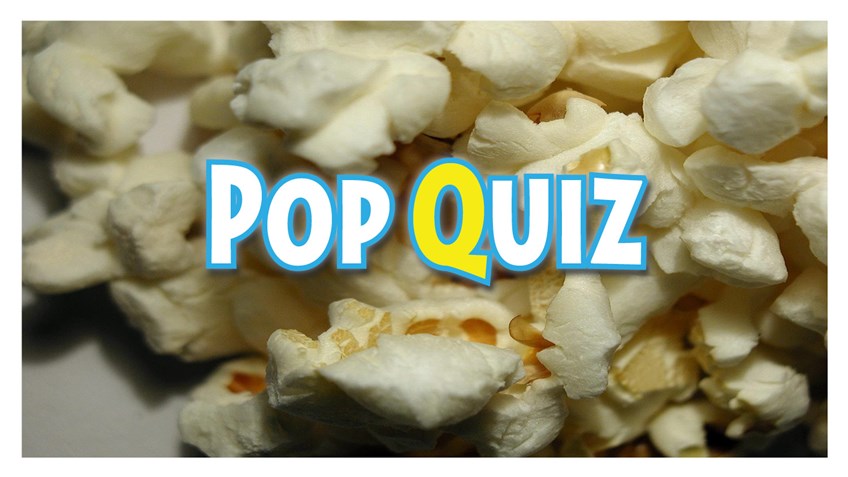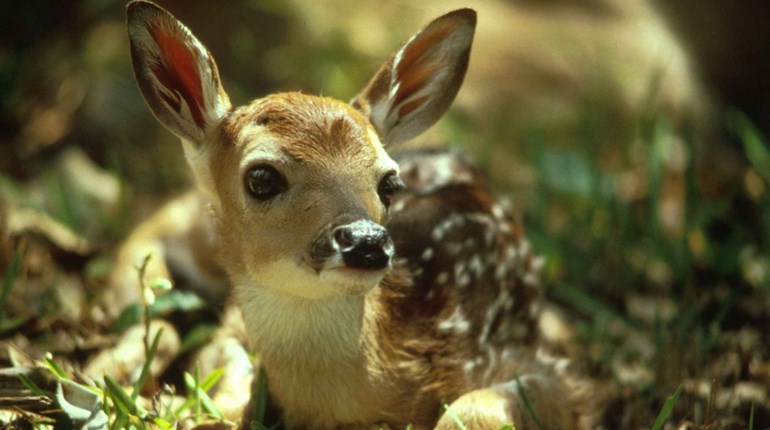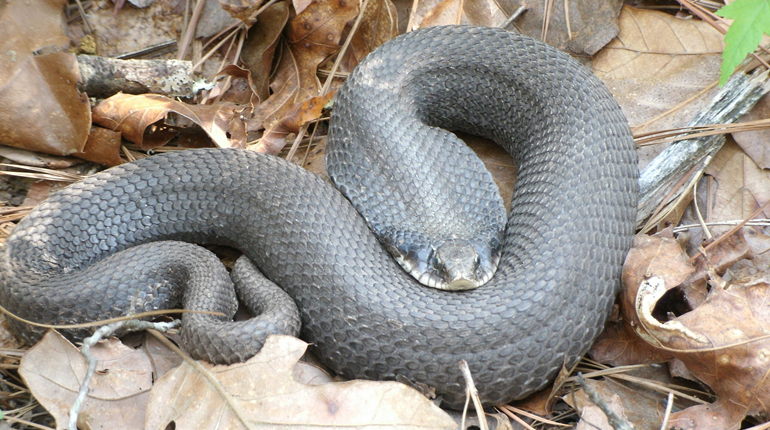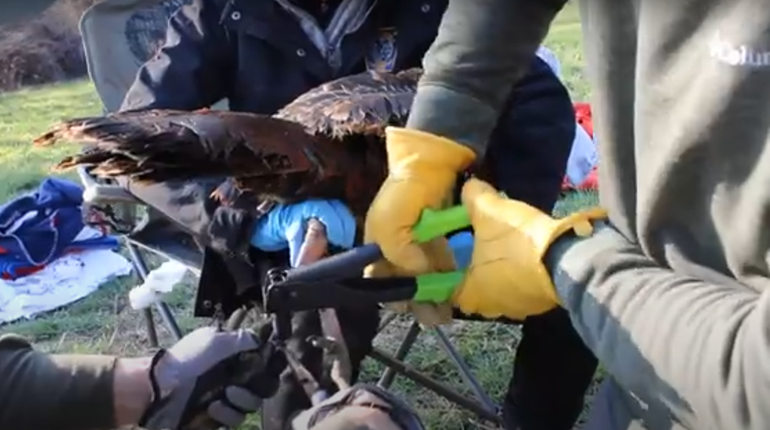
Which of the following surfaces can cause a fired projectile to ricochet?
a. The surface of a lake or pond
b. A granite boulder
c. A steel door
d. All of the above
e. B and C only
2. American History
Which of the following was not issued during the American Civil War?
a. The Henry Repeating Rifle
b. Sharps New Model 1859
c. Spencer Repeating Army Rifle
d. Colt-Paterson Ring-Lever Repeating Rifle
3. Trail Wisdom
You are hunting with a friend, who is walking down the trail in front of you. Which of the following is not a safe way to carry your gun?
a. Sling carry
b. Trail carry
c. Shoulder carry
d. Two-hand or “ready” carry
4. Down n’ Dirty
Which of the following substances, if they get into a gun’s barrel, can cause a dangerous obstruction—meaning the gun should not be fired until it is cleaned?
a. Dirt
b. Snow
c. Twigs
d. Water
e. All of the above
Answer Key:
- (d) Depending on the bullet’s trajectory and velocity, rock, steel and even water can cause a fired projectile to ricochet in unpredictable and dangerous ways.
- (d)
- (b) Trail carrying your gun is not safe when there is someone in front of you because the muzzle is pointed forward.
- (e) Just about anything that gets into a gun barrel can cause dangerous pressures to develop when the gun is fired. Although it’s not likely that a couple of drops of rain (say, if you are hunting on a rainy day) will be a problem, a gun that is submerged in water should not be fired until it is dried and cleaned.






































